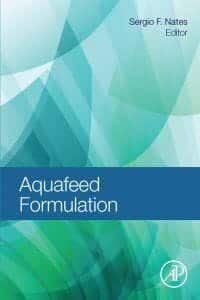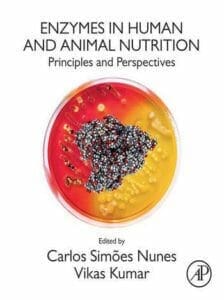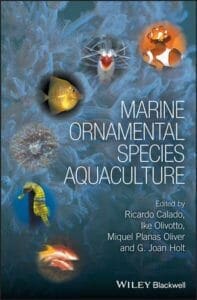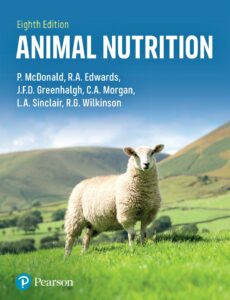By Sergio Nates
Aquafeed Formulation Book PDF is the only resource that provides summaries with examples and formulation techniques specifically to meet the needs of anyone in the aquaculture industry.
As feed is the largest single cost item in aquaculture production, and formulating aquaculture feed requires many combinations of several ingredients and nutrient requirements, this book takes a clear-and -concise approach, providing essential information on formulation and covering relevant available software, feed nutrients, and additives such as enzymes and phytase and conjugated fatty acids, as well as best industry practices to improve aquafeed production.
Users will find this to be a one-stop resource for anyone interested or involved in, the global aquaculture industry.
- Includes the latest software evaluation for calculating protein and amino acid sources, trace minerals, and vitamins for aquaculture diets
- Provides essential information on formulation, covering feed nutrients and additives such as enzymes and phytase and conjugated fatty acids
- Presents factors affecting nutrient recommendations for aquaculture diets and nutritional effects on aquaculture nutrient excretion and water quality
- Covers a broad range of techniques to understand the nutrient recommendations in the NRC guide
Table of Contents
Acknowledgments
Introduction
I.1 Introduction
I.2 Feed ingredients
I.3 Nutritional requirements
I.4 Feed ingredient testing
I.5 Feed additives
I.6 Feed formulation
I.7 Feed production and quality
I.8 Best practices in formulation
References
1. Overview of the aquaculture feed industry
Abstract
1 Aquafeed in Asia
2 Aquafeed in the Americas
Acknowledgments
References
2. Feed formulation software
Abstract
2.1 Introduction
2.2 General overview of the formulation process in the feed industry
2.3 LP-based feed formulation
2.4 Essential components of LP-based feed formulation software
2.5 Software options
2.6 Conclusion
Acknowledgments
References
3. Understanding the nutritional and biological constraints of ingredients to optimize their application in aquaculture feeds
Abstract
3.1 Introduction
3.2 Characterizing ingredients
3.3 Chemical composition of oils
3.4 Digestibility, palatability, and utilization value of plant protein meals
3.5 Nutritional value of plant and animal oils to aquaculture species
3.6 Processing effects of ingredients
References
4. Nutrient requirements
Abstract
4.1 Introduction
4.2 Proteins and amino acids
4.3 Lipids and fatty acids
4.4 Carbohydrates
4.5 Nutritional energetics
4.6 Vitamins
4.7 Minerals
References
5. Functional feed additives in aquaculture feeds
Abstract
5.1 Introduction
5.2 Phytogenics
5.3 Organic acids
5.4 Yeast products
5.5 Probiotics
5.6 Enzymes
5.7 Mycotoxin binders
References
6. Optimizing nutritional quality of aquafeeds
Abstract
6.1 Introduction
6.2 Sources of nutrient database
6.3 Nutrient levels and variability in commonly used raw materials
6.4 Impact of heat damage on the amino acid level and their variability
6.5 Proximate nutrients of raw material
6.6 Managing nutrient variation
6.7 Integration of Laboratory Information Management System and formulation
6.8 Summary
References
Index














![Ettinger’s Textbook of Veterinary Internal Medicine 9th Edition [PDF+Videos] Ettinger’s Textbook of Veterinary Internal Medicine 9th Edition [True PDF+Videos]](https://www.vet-ebooks.com/wp-content/uploads/2024/10/ettingers-textbook-of-veterinary-internal-medicine-9th-edition-100x70.jpg)

![Textbook of Veterinary Diagnostic Radiology 8th Edition [PDF+Videos+Quizzes] Thrall’s Textbook of Veterinary Diagnostic Radiology, 8th edition PDF](https://www.vet-ebooks.com/wp-content/uploads/2019/09/textbook-of-veterinary-diagnostic-radiology-8th-edition-100x70.jpg)






